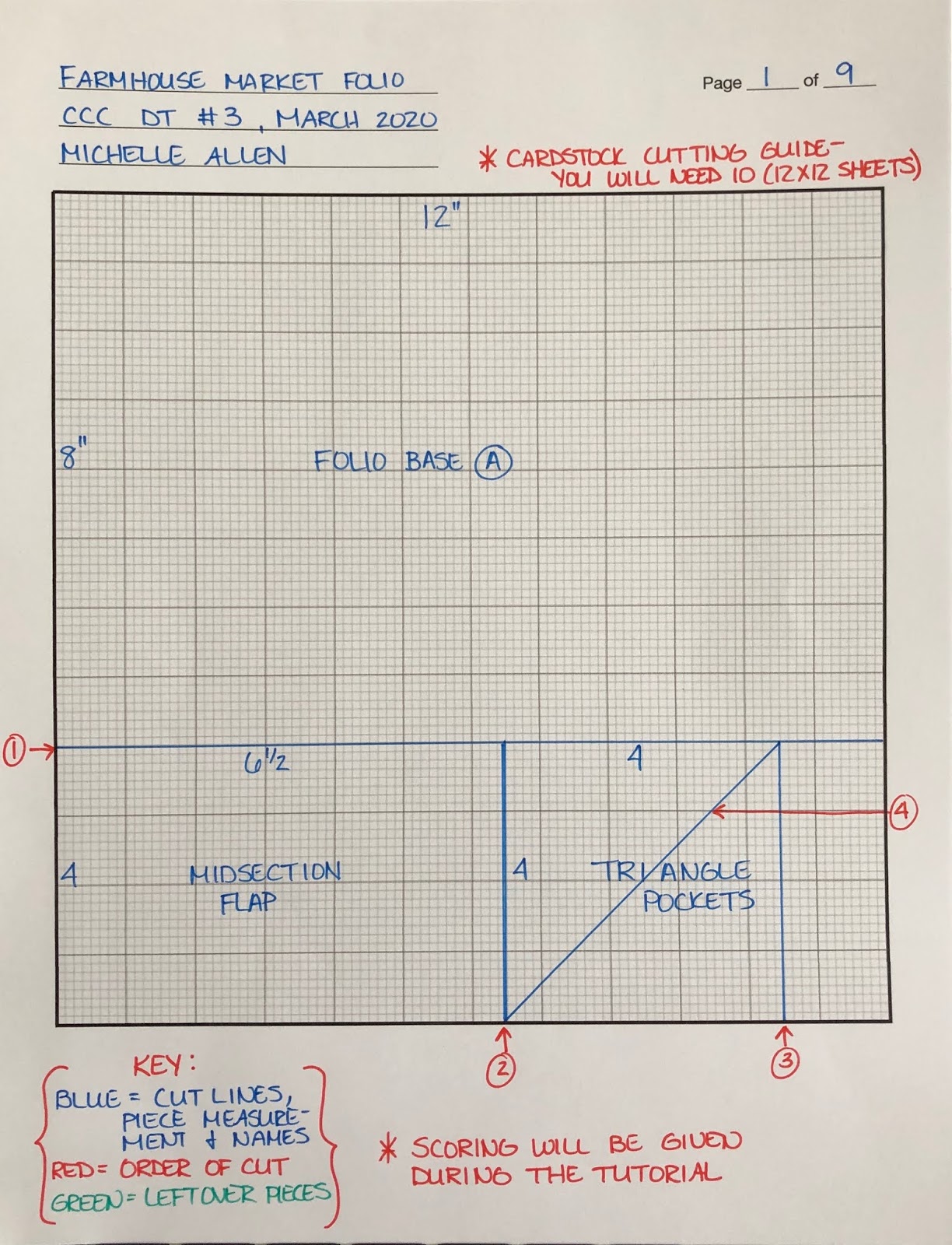
This type of rule has, in the very long run, worked remarkably well.” “It's sending me a signal that we are in a riskier environment and that probably means I need to own a bit less equity. “It's a simple idea: If things are volatile, you probably want to take a bit less risk,” Mueller-Glissmann says. Strategies that vary a portfolio’s risk depending on market volatility - known as dynamic risk allocation - may also be an opportunity. Some hedge funds are publicly listed on the stock market, and some widely available exchange-traded funds are linked to these methods. While broad hedge fund returns lagged behind a simple 60-40 portfolio of stocks and bonds after the financial crisis in 2008, hedge funds beat the 60-40 in the early 1990s and the beginning of this century, particularly during bear markets, according to Goldman Sachs Research. That could be a boost for some key strategies that hedge funds use (in particular trend-following). “Now they are actually driving the risks via higher inflation-adjusted yields and capping the upside in some markets.” “In the last cycle, central banks were your risk manager,” Mueller-Glissmann says. Federal Reserve are actively trying to tighten financial conditions, reduce wage and price increases and rebalance the job market. Now with a spike in inflation the reverse is happening - central banks can’t buffer the stock market when it falls. When there was a scarcity of growth and fears of economic stagnation, central banks routinely stepped in to make financing cheaper and easier, which tended to raise asset prices across markets. It was difficult for these asset managers to beat a long-only benchmark index in the last cycle when just about everything was rallying, Mueller-Glissmann says. Hedge funds are providing more of a hedge.

Picking individual stocks and bonds, instead of buying the broad index, is poised to become more valuable to investors going forward, he says. That’s a switch from recent decades, when huge swaths of assets were swept up in an enormous bull market giving passive investments a boost. “The dollar has already appreciated strongly, and we feel there’s potentially more to go.”Ĭurrency trades are a type of relative-value investing - positioning for one asset to increase in price while another declines - which Mueller-Glissmann says is likely to be more important in this cycle. “With the dollar, here you have a central bank that’s fighting inflation very aggressively, very credibly, and it’s a reserve currency,” Mueller-Glissmann says. currency an example of a high-quality asset.

That idea also applies to foreign exchange, with the U.S. Whereas investors were rewarded in the last cycle for buying into companies with the potential for high growth in the future, stocks with proven business models and pricing power that pay dividends can offer some protection in a bear market, Mueller-Glissmann says. That can mean buying stocks and bonds of companies with strong balance sheets, steady profits and dividends, or those that are less volatile. “We're trying to minimize the cost so you can potentially implement these strategies for a few months.” A wide spectrum of investors, from individuals to large institutions, can use many of these tactics. These strategies aim to optimize the trade-off between risk-reduction and cost. They can be used with a range of portfolios, from balanced (a mix of stocks and bonds) portfolios to ones that are loaded up on stocks.


He says there are five strategies investors can use to avoid trying to time the market and getting hit with losses by taking more investment risk too early in a bear market or missing out on gains by being too late. “We're looking at strategies that reduce risk without just going into cash - that allow you to stay invested,” says Christian Mueller-Glissmann, head of asset allocation research within portfolio strategy at Goldman Sachs. But there are ways investors can insulate portfolios until the turbulence subsides, according to Goldman Sachs Research. Portfolios have gotten riskier since the beginning of the year, as bonds and stocks have fallen together. At a time when stocks are sliding deeper into a bear market, it can be hard (and painful) to remember that equities have the best chance of getting investors an attractive return over the longer term.


 0 kommentar(er)
0 kommentar(er)
